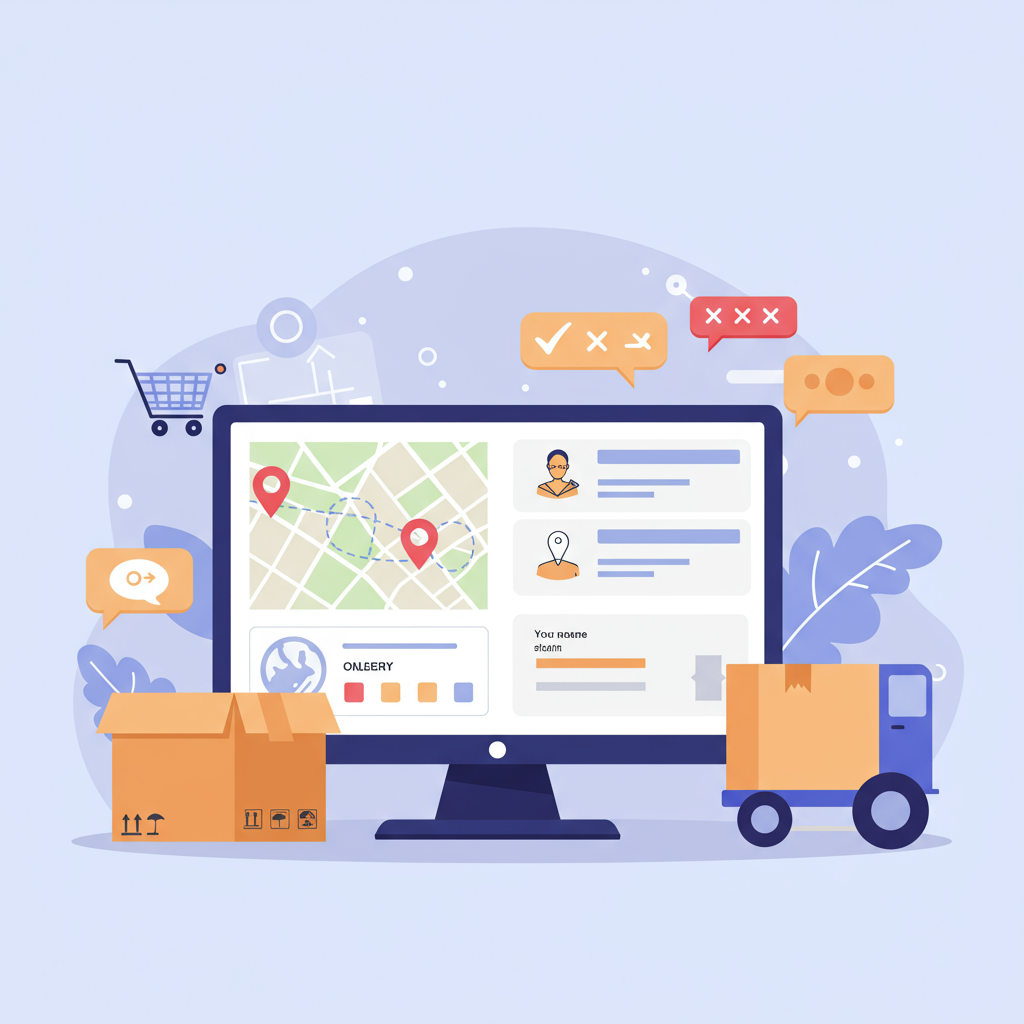Elevate your customer experience and streamline operations with effective order tracking integration.
As a Shopify merchant, I know firsthand the excitement of a new order. But that excitement quickly shifts to the crucial task of ensuring the product reaches my customer smoothly and transparently.
This is where order tracking comes into play, and frankly, it’s more than just a convenience; it’s a cornerstone of modern e-commerce customer service.
Today, I want to walk you through the ins and outs of order tracking integration for your Shopify store, explaining why it’s so vital and how you can implement it effectively.
Think about it from your customer’s perspective. Once they’ve clicked “purchase,” their next thought is often, “Where’s my order?”
Providing easy, real-time access to this information significantly reduces customer anxiety and builds trust. It transforms a potentially stressful waiting period into a transparent and reassuring experience.
For us merchants, the benefits are equally compelling. Robust order tracking can drastically cut down on “Where is my order?” (WISMO) inquiries, freeing up your customer service team to handle more complex issues.
It also provides valuable data on shipping performance, helping you identify bottlenecks or issues with specific carriers. This data is gold for optimizing your logistics.
Shopify, by default, offers some basic tracking capabilities. When you fulfill an order and add a tracking number, Shopify sends an email notification to the customer with a link to the carrier’s tracking page.
While this is a good starting point, it often lacks the branded experience and centralized control that many merchants desire. Customers are redirected away from your store, and the tracking information might not always be presented in the most user-friendly way.
This is where third-party order tracking solutions become incredibly powerful. These apps and services are designed to enhance and centralize your tracking efforts, offering a much richer experience.
Why should you consider integrating one? Primarily, for a superior customer experience. Imagine a branded tracking page on *your* website, where customers can see all their order updates without ever leaving your domain.
These solutions often support multiple carriers globally, automatically detecting the carrier from the tracking number. This is a huge time-saver if you ship internationally or use various local couriers.
Many also offer proactive notification features. Instead of customers constantly checking, they can receive automated updates via email, SMS, or even push notifications at key stages like “In Transit,” “Out for Delivery,” or “Delivered.”
This level of communication not only delights customers but also reduces the likelihood of missed deliveries or package theft, as customers are better informed.
When evaluating a third-party tracking solution, there are several key features I always look for. First, multi-carrier support is non-negotiable if you use more than one shipping provider.
Second, a customizable, branded tracking page is essential. This reinforces your brand identity and keeps the customer journey consistent.
Third, robust notification options are crucial. Can you customize the messages? Can you send them via different channels? Are they triggered automatically?
Fourth, look for analytics and reporting. Understanding delivery times, common issues, and carrier performance can help you make data-driven decisions about your shipping strategy.
Finally, consider ease of integration with Shopify and other tools you might use, like customer service platforms. A seamless setup saves you headaches down the line.
So, how do you go about integrating one of these solutions? The process is generally straightforward. Most popular tracking apps are available directly in the Shopify App Store.
Once you’ve chosen an app, installation is typically a one-click process. The app will then guide you through connecting your store and configuring its settings.
This configuration usually involves setting up your preferred carriers, customizing your tracking page’s appearance, and defining your notification preferences.
It’s vital to thoroughly test the integration. Place a test order, generate a tracking number, and follow it through the entire process to ensure everything is working as expected from both your and your customer’s perspective.
Beyond the technical setup, there are best practices to maximize the value of your order tracking. Always communicate clearly with your customers about how they can track their orders.
Include the tracking link prominently in your order confirmation and shipping notification emails. Make it easy for them to find.
Set realistic expectations for delivery times. While tracking provides transparency, it doesn’t speed up transit. Be upfront about estimated delivery windows.
Leverage the data. Use the insights from your tracking solution to refine your shipping policies, negotiate better rates with carriers, or even identify regions where you might need to offer different shipping options.
Proactive customer service is another huge win. If you see a package stuck or delayed, reach out to the customer *before* they contact you. This turns a potential negative into a positive brand interaction.
Integrating a robust order tracking solution isn’t just about providing a tracking number; it’s about enhancing the entire post-purchase experience. It builds trust, reduces support inquiries, and provides valuable operational insights.
It’s an investment that pays dividends in customer satisfaction and operational efficiency. I truly believe it’s a non-negotiable for any serious Shopify merchant looking to scale and provide exceptional service.
What are your thoughts on order tracking? Have you implemented a solution in your store, and what has your experience been like? I’d love to hear your perspective.






